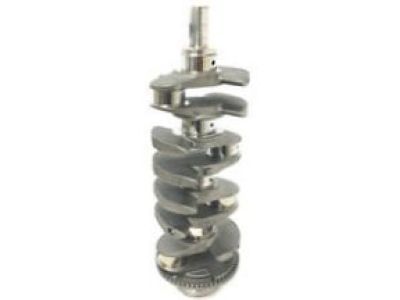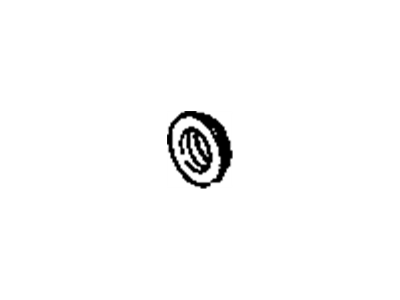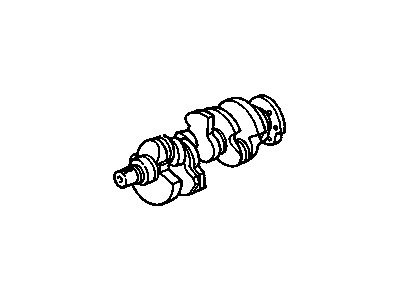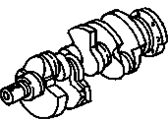
My Garage
My Account
Cart
Genuine GMC Sonoma Crankshaft
Crank Shaft- Select Vehicle by Model
- Select Vehicle by VIN
Select Vehicle by Model
orMake
Model
Year
Select Vehicle by VIN
For the most accurate results, select vehicle by your VIN (Vehicle Identification Number).
7 Crankshafts found
GMC Sonoma Engine Crankshaft
Part Number: 12555637$511.58 MSRP: $815.92You Save: $304.34 (38%)Ships in 1-3 Business Days
GMC Sonoma Crankshaft
Each OEM GMC Sonoma Crankshaft we offer is competitively priced and comes with the assurance of the manufacturer's warranty for the part. Furthermore, we guarantee the speedy delivery of your orders right to your doorstep. Our hassle-free return policy is also in place for your peace of mind.
GMC Sonoma Crankshaft Parts Questions & Experts Answers
- Q: How to check the endplay of a crankshaft before removing it on GMC Sonoma?A:Before removing the crankshaft, check the endplay by mounting a dial indicator with the stem aligned with the crankshaft and touching one of the crank throws. Push the crankshaft to the rear and zero the dial indicator, then pry it to the front as far as possible to check the reading; the distance moved indicates the endplay. If it exceeds the specified limit, inspect the crankshaft thrust surfaces for wear, and if no wear is found, replacing the main bearings should resolve the issue. If a dial indicator is unavailable, use feeler gauges by prying or pushing the crankshaft to the front and slipping the gauges between the crankshaft and the thrust main bearing to measure the clearance, which reflects the endplay. Loosen the main bearing cap bolts a quarter turn at a time until they can be removed by hand, checking for markings on the caps to identify their locations, usually numbered from the front to the rear; if unmarked, use stamping dies or a center-punch to label them. Most caps have a cast-in arrow indicating the front of the engine. Gently tap the caps with a soft-faced hammer to separate them from the engine block, using the bolts as levers if necessary, and take care not to drop the bearing insert if it comes out with the cap. Finally, lift the crankshaft out of the engine, ideally with assistance due to its weight, and with the bearing inserts in place, return the caps to their respective locations on the engine block and tighten the bolts finger tight.


















